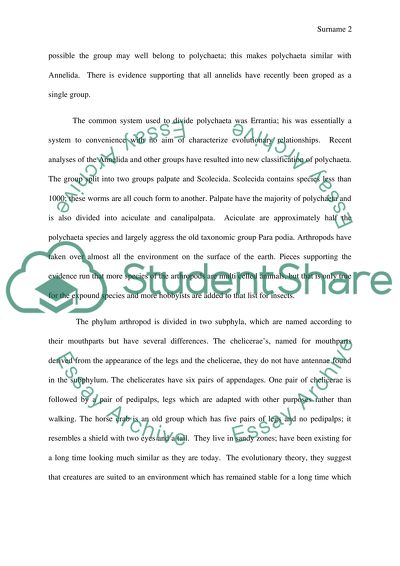Macroevolution Essay Example | Topics and Well Written Essays - 750 words. Retrieved from https://studentshare.org/biology/1459556-macroevolution
Macroevolution Essay Example | Topics and Well Written Essays - 750 Words. https://studentshare.org/biology/1459556-macroevolution.


